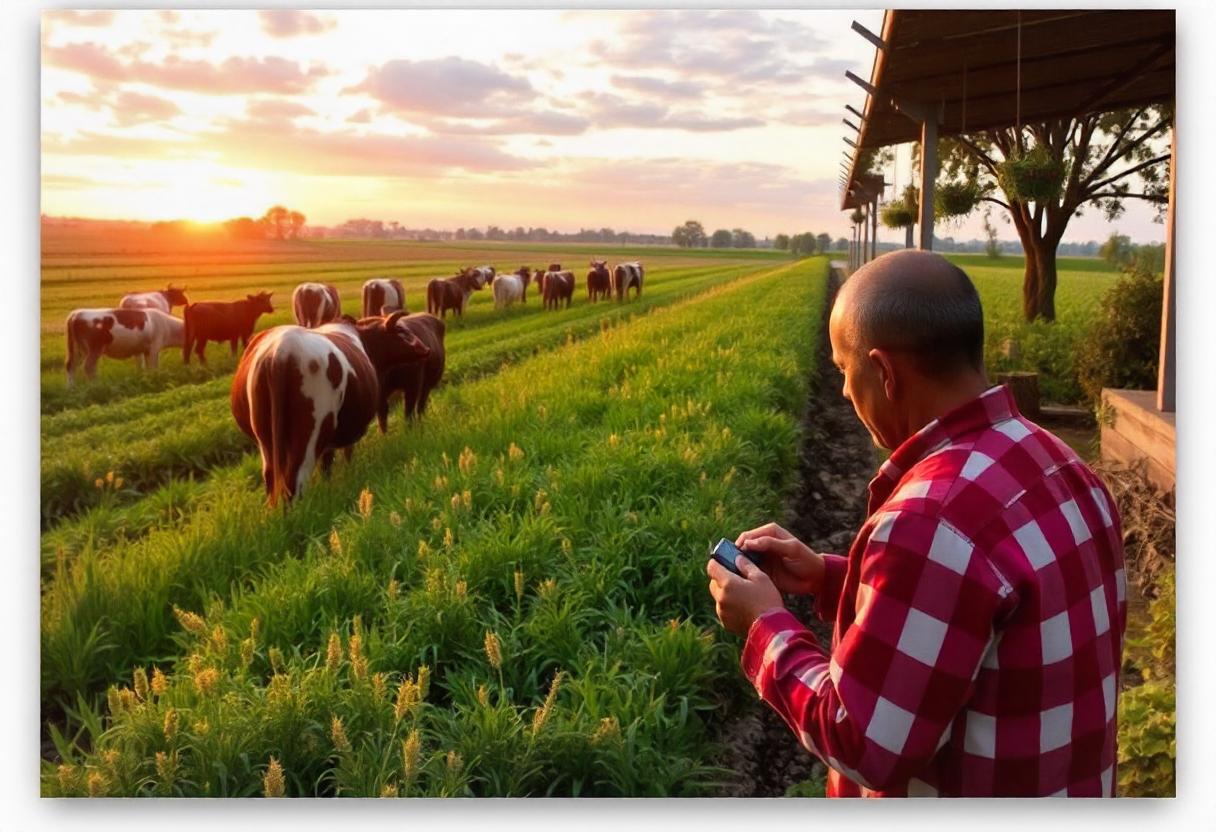
Agriculture is a vital sector for many economies, but it is inherently risky due to various factors like unpredictable weather, market fluctuations, and pest infestations. Effective risk management is crucial for farmers, agribusinesses, and policymakers to sustain productivity and ensure food security.
Types of Risks in Agriculture
Agricultural risks can be categorized into different types:
- Production Risks: These are associated with weather conditions such as droughts, floods, frosts, and storms. Pest infestations and diseases can also affect crop yields and livestock health.
- Market Risks: Market prices for agricultural products can fluctuate due to demand and supply factors, changes in international trade policies, or global market conditions.
- Financial Risks: Farmers may face issues in accessing credit, fluctuating interest rates, and changes in government policies affecting subsidies or taxes.
- Institutional Risks: These arise from changes in government policies, such as land reforms, trade agreements, or import-export regulations that can impact the agricultural sector.
- Environmental Risks: Over time, issues like soil degradation, water scarcity, and climate change pose long-term risks to agricultural sustainability.
Tools for Managing Agricultural Risk
There are several tools and strategies to mitigate the different types of risks farmers face:
- Diversification: Growing different types of crops or raising different livestock helps spread the risk. If one crop or livestock type fails, another may succeed, balancing potential losses.
- Insurance: Agricultural insurance products can help farmers manage risks associated with weather, diseases, and price fluctuations. Insurance policies can cover crop failure, livestock death, or yield losses.
- Contract Farming: This allows farmers to enter into agreements with buyers at predetermined prices, reducing market risk. Contract farming provides stability and income predictability.
- Improved Technology: Adopting modern technology such as precision agriculture, weather forecasting tools, and drought-resistant crop varieties helps mitigate production risks.
- Financial Planning: Effective financial management, such as saving for emergencies, utilizing government subsidies, or borrowing prudently, helps farmers manage financial risks.
Role of Government and Institutions
Government and financial institutions play a significant role in agricultural risk management:
- Subsidies and Support Programs: Governments often provide subsidies, minimum support prices (MSP), and input assistance to protect farmers from adverse price movements and production risks.
- Credit Facilities: Easy access to credit allows farmers to invest in new technologies, diversify their production, and manage short-term risks.
- Research and Development (R&D): Investment in R&D leads to better farming techniques, crop varieties, and risk management practices that benefit the entire agricultural sector.
Climate Change and Its Impact on Agricultural Risk
Climate change has emerged as a significant risk factor, affecting both the short-term and long-term sustainability of agriculture. Changes in rainfall patterns, rising temperatures, and increased frequency of extreme weather events make agriculture more vulnerable. Managing climate risks requires not just better forecasting and adaptive farming practices but also policies that promote climate resilience.
International Trade and Market Risks
Global trade policies can influence agricultural markets by impacting demand and prices. International agreements, tariffs, and trade barriers can lead to price fluctuations that affect farmers’ incomes. Risk management strategies in this area may involve understanding global trends, adapting to market needs, and ensuring competitive pricing.
Technological Innovations in Risk Management
Technological advances in data analytics, satellite imagery, and mobile technology have introduced new ways for farmers to manage risks:
- Precision Farming: This allows farmers to use data for accurate soil management, crop planting, and harvesting schedules, which can minimize losses due to poor timing or resource use.
- Mobile-Based Advisory Services: Farmers can access weather forecasts, market trends, and pest management strategies through mobile applications, allowing them to make informed decisions.